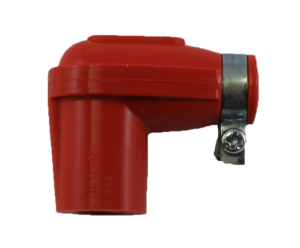
Zirconia Sensors
An important property of the Zirconia element is that it can conduct oxygen ions above a temperature of about 350°C. When the sensor is fitted, the outside of the
Platinum Layer
Both sides of the element are coated with a thin layer of platinum that act as electrodes and carry the sensors voltage signal from the Zirconia element to the lead wire. At operating temperature, oxygen ions are able to pass through the element and deposit a charge on the platinum electrode thus generating a voltage signal.
AFR
If the AFR is rich, a high signal voltage is generated across the electrodes due to the difference in oxygen concentration present across the two sides of the element. Conversely, if the AFR is lean, a low voltage is generated across the electrodes due to the small difference in oxygen content between exhaust gases and the reference air inside the sensor.

Titania Sensors
The Titania element in these sensors does not produce a voltage like the Zirconia element. The property of the Titania element which allows for the detection of
ECU
The ECU supplies a voltage to the Titania sensor which depending on the presence, or lack of oxygen in the exhaust gas, will vary its resistance consequently changing the voltage signal returned back to the ECU relating to a lean or rich AFR.
Important
Due to their different properties Titania and Zirconia sensors should not be interchanged under any circumstance.





















